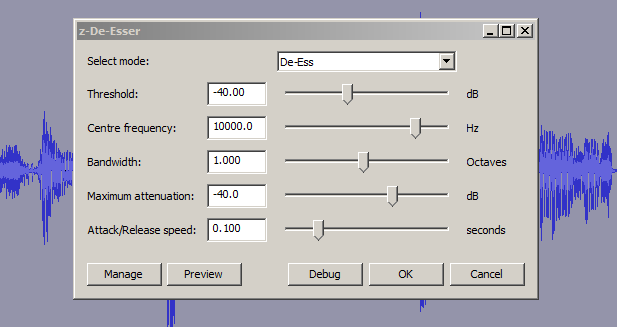
Steve’s De-Esser plugin for Audacity is here … https://forum.audacityteam.org/t/please-help-with-de-sser/48588/14
It still needs compression.
If you can find a multi-band compressor plugin for MAC*, that can de-ess & compress in one pass.
[ * I only speak Windows ]